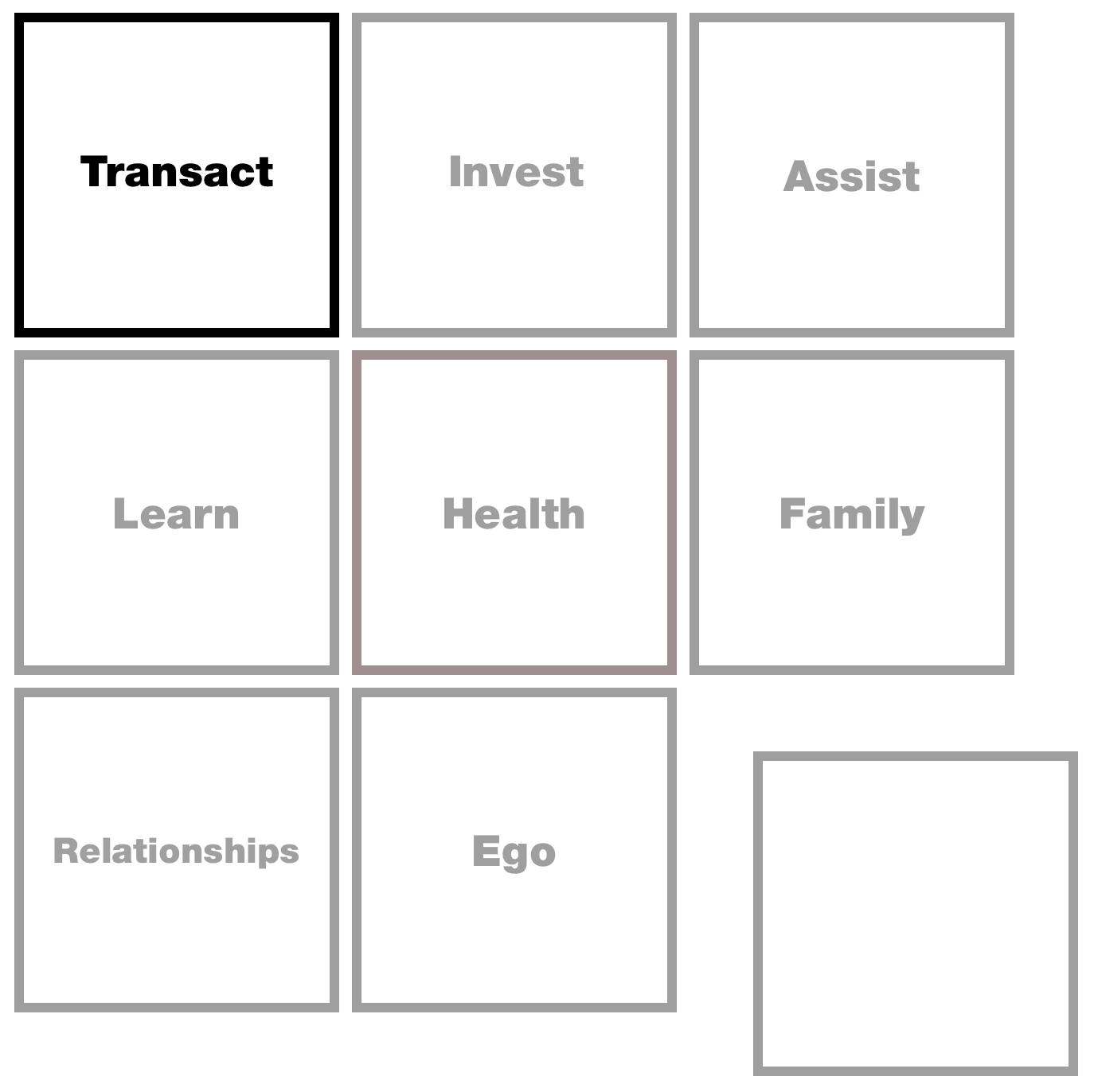🔓 This is a free preview of a Member’s Only post 🔓
Good morning,
Welcome back to Action Items a series in which we condense and extend each of our interviews into actionable bullet points — only for paid subscribers.
This week we’re revisiting my interview with Henrik Werdelin — a man on a quest to be good at everything. And when he says everything, he means everything: He’s a co-founder of successful startup Bark, he runs a venture development firm called prehype, he teaches entrepreneurship courses to university students, and he’s a husband and father.
Henrik’s outlook is a little bit contrarian — rather than preaching a narrow focus, he aspires to be as good at every area of his life as he can be.
Being good at everything, is a tall order — and that’s why he devised the 8 + 1 system. It helps him to divide each important area of his life up into buckets and make sure each bucket is getting enough attention.
Today’s Action Item is 745 words, that’s 3:45 minutes of actionable takeaways.
Let’s dive in!
👉 Question for members
After you read this interview, spend 10 minutes writing down what you think the buckets in your life are. What did you come up with? What areas need more attention? Reply to this email with your findings, and let’s chat!
✅ The 8 + 1 system
To use the 8 + 1 system, Henrik breaks down his life into 8 buckets:
Transact: Make enough money to support your life
Invest: Work, money, time that compounds over time
Assist: Help others
Learn: Acquire skills and knowledge you need to move forward in any area
Health: Care for your body including exercise, sleep, meditation and food
Family: Spend time with and care for the people you live with
Relationships: Connect with people in your life outside your family
Self-Kindness: Small things that make you happy every day
Then he makes time every week to do a Review Period to look at his 8 bucketes and make sure that things are well balanced — that’s the +1 in the 8 + 1 system.
He does his + 1 review by drawing a grid in his notebook, listing the buckets, and then listing out which activities in his week are going to each one. This creates a holistic, big picture view of his life that helps him see where he’s doing well — and where he’s falling short.
🧐 How to find your buckets
Henrik’s buckets aren’t generic labels like “home” and “work.”
Instead, he’s organized his buckets around inputs and outputs in his life. For example, Assist, Learn, and Invest are all inputs. Transact is an output. Having both types of buckets as part of his system is important to make sure he’s balancing his life appropriately.
Want to make this article more actionable? Subscribe to the Everything bundle!
You’ll get access to this article and over 50+ essays and interviews going deep into the tools and strategies you can use to live a more productive life.
You’ll get all of Action Items, a weekly series of member’s only articles that condense and extend Superorganizers interviews into a series of actionable bullet points.
You’ll get access other top paid newsletters from productivity writers like Tiago Forte’s Praxis and Nat Eliason’s Almanack all included in your subscription
You’ll get access to discounts on productivity courses and tools — like a 15% discount on Mailman.
You’ll get templates like this High-Output Project Management template in Notion
The Everything bundle now has 10 paid newsletters including Superorganizers. Here are a few articles from around the bundle that you might like:
📐 The Cash Conversion Cycle: Bridging the Gap Between Profitability and Cash Flow, by Adam Keesling in Napkin Math
🔮 Three Shorts: Fast's 1b valuation, McPlant's power move, and Apple's disruptive M1 chip, by Nathan Baschez in Divinations
🗒 How I Made a Documentary Film with Digital Notes, by Tiago Forte in Praxis


